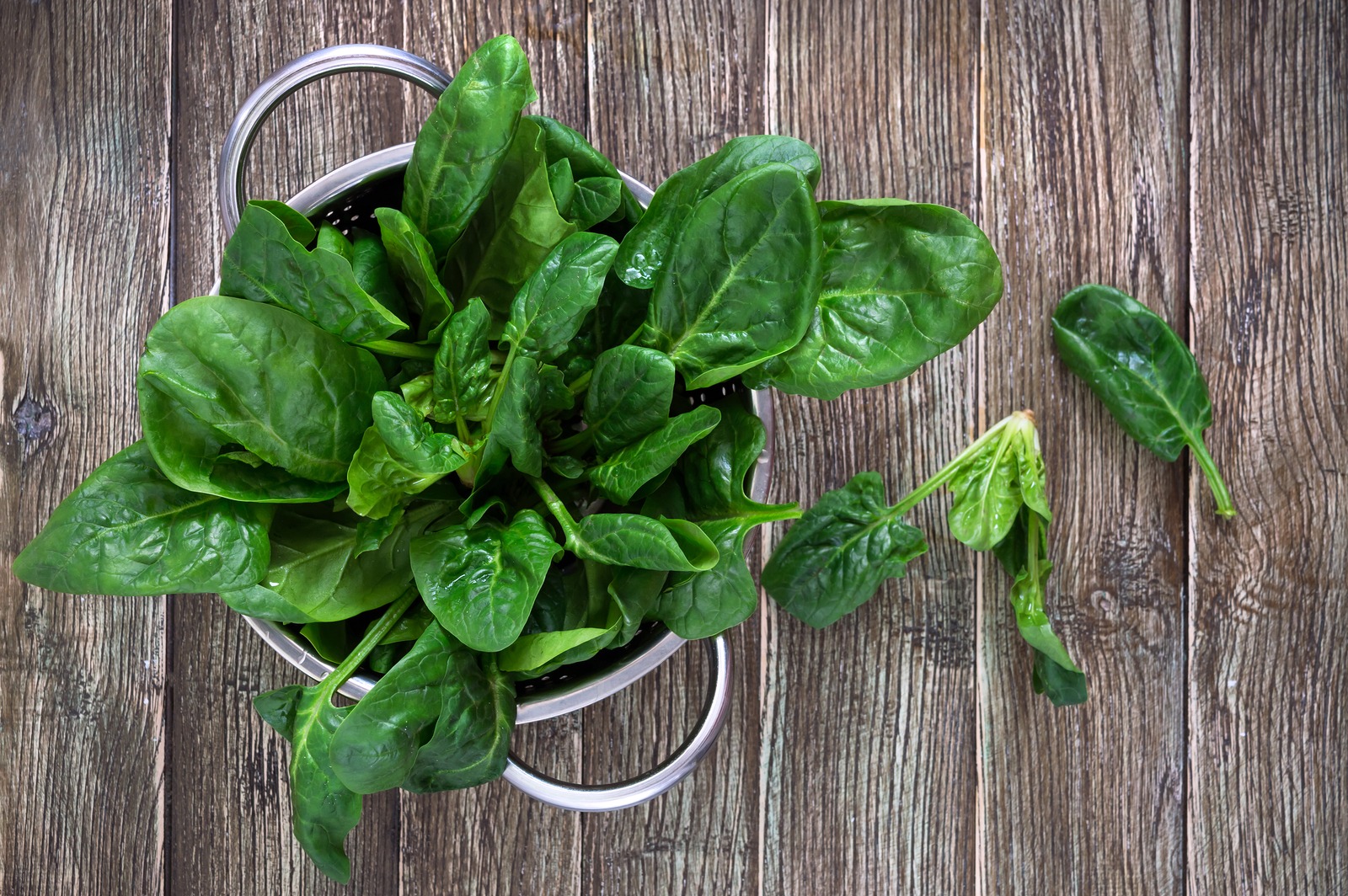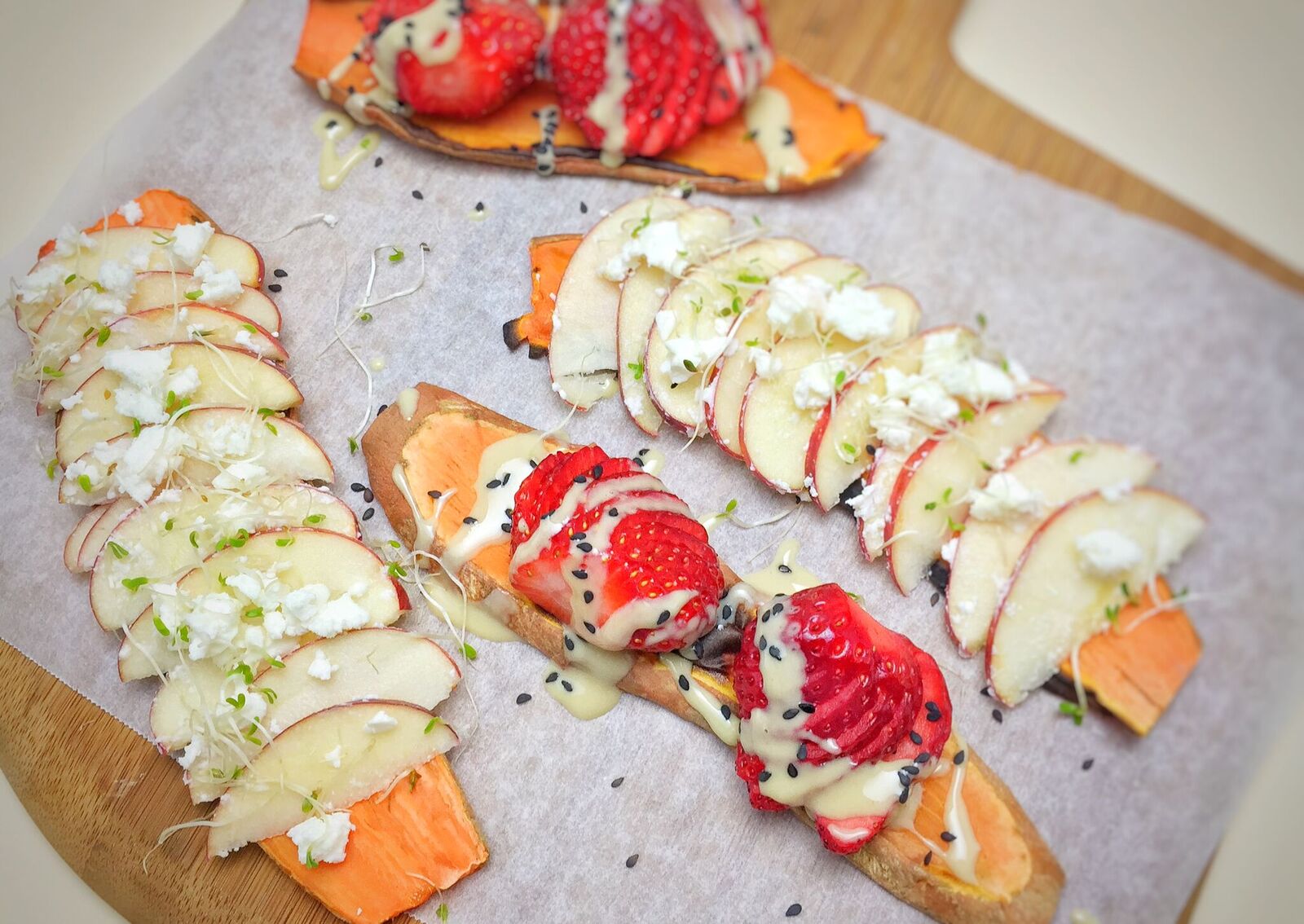Blog
Good value foods with a powerful nutritional punch

Eating healthy can seem, and sometimes can be, more expensive. However, choosing real whole foods over sugar-laden, heavily processed packaged or junk food whenever possible, you are investing in your health – short and long term. That’s a great thing, right?
Here are some good value foods that pack a nutritional punch, but won’t break the bank.
Sardines
These little fishes are full of beneficial omega-3 fatty acids, known for their anti-inflammatory, brain boosting, and heart-protective qualities. While intense in flavor, sardines are lower down the food chain and a darn side cheaper than other oily fish that are also high in protective, healthy fats.
Enjoy in salads, with eggs or lightly cooked into a sauce of sautéed onion, garlic, tomato, salt, and pepper.
Sweet potato
Honestly, roasted sweet potato. Need we say more?
Well, we can say more! In addition to its deliciousness, sweet potato (a.k.a. kumara, kamote, and sometimes yam – though yams are technically a different plant) is full of fibre, slowing the release of naturally occurring sugars into the bloodstream, and micronutrients like beta-carotene, converted into vitamin A supporting eyesight, skin health, and the immune system.1
This tasty root veg is fabulous steamed, mashed, in baking curries, sauces, and stews, and even thinly sliced and popped into the toaster. (Crazy, we know – but it works!)

Spinach
One has to love some leafy green. Spinach is well-tolerated and offers health-supportive nutrients like protein, vitamin C, an array of B vitamins, and a whole host of minerals including iron, potassium, and calcium – simply brimming with goodness.
Use as a base for savoury meals or salads, and add to smoothies, stews, soups, frittatas and more.
Spices
Jazz up any meal, sweet or savoury, by having a handful of your favourite spices on hand.
Cinnamon is a rock-star spice. It is naturally sweet and may assist those with symptoms of metabolic syndrome.2-4
Delicious stirred into plain yoghurt, added to a bolognese, curry, soup or stew, or sprinkled on nut butter. Cinnamon is extremely versatile so don’t be shy to add a little to sweet or savoury dishes.
Turmeric is another spice to have in store. This savoury spice comes from the dried rhizome of the turmeric plant, used for thousands of years in traditional medicine offering powerful anti-inflammatory properties, and now being used to trial and treat inflammatory conditions such as arthritis, gastrointestinal conditions, and type 2 diabetes, among others.5-7
Add to soups, stews, curries, and sauces, or try a turmeric latte and be warmed – and begin healing – from the inside out.
Eggs
Very versatile, the humble egg offers an array of nutrients – including choline, iron, B vitamins (including B12), protein, and fats – to keep you energized and satisfied, which can help curb those sugary cravings.
Enjoy them baked, scrambled, boiled or poached, or as a frittata or muffin. It is worth buying free-range eggs (find brands that meet the CSIRO’s Model Code of Practice here), and if possible, organic. You are what you eat and the same goes for the animals and the eggs they produce.
Seeds
Sunflower, pumpkin, sesame, chia – there are a number of seeds on the market, and they are often cheaper per kilo than nuts yet can be used in similar ways. Seeds are nutrient-dense, rammed with healthy fats and protein that can make any meal – sweet or savoury – more filling, nutritious, and delicious.
Sprinkle on salads, make crackers, blend into homemade dips, or enjoy on their own as a snack!
Include real whole foods when you can
While there are a lot of fancy and expensive ‘health’ foods hitting the supermarket shelves at the moment, these needn’t be the mainstay of a healthy diet. Eating well needn’t cost the earth.
Just try and include simple, affordable nutrient-dense whole foods, such as those above, at each meal. Be sure to check out other tips for eating healthy on a budget, and fabulous recipes on our website and in our books and e-books for ideas and inspiration.
By Angela Johnson (BHSc Nut. Med.)
References:
- University of Rochester Medical Center 2020, Beta-carotene, viewed 28 January 2020, <https://www.urmc.rochester.edu/encyclopedia/content.aspx?contenttypeid=19&contentid=BetaCarotene>
- Davis, PA & Wallace, Y 2011, ‘Cinnamon Intake Lowers Fasting Blood Glucose: Meta-Analysis’, Journal of Medicinal Food, vol. 14, no. 9, pp. 884-889 6p
- Qin, B, Panickar, KS, & Anderson, RA 2010, ‘Cinnamon: potential role in the prevention of insulin resistance, metabolic syndrome, and type 2 diabetes’, Journal Of Diabetes Science And Technology, vol. 4, no. 3, pp. 685-693.
- Ranasinghe, P, Jayawardana, R, Galappaththy, P, Constantine, GR, de Vas Gunawardana, N, & Katulanda, P 2012, ‘Efficacy and safety of ‘true’ cinnamon (Cinnamomum zeylanicum) as a pharmaceutical agent in diabetes: a systematic review and meta-analysis’, Diabetic Medicine: A Journal Of The British Diabetic Association, vol. 29, no. 12, pp. 1480-1492.
- Chainani-Wu, N 2003, ‘Safety and anti-inflammatory activity of curcumin: a component of tumeric (Curcuma longa)’, Journal Of Alternative And Complementary Medicine (New York, N.Y.), vol. 9, no. 1, pp. 161-168.
- Chandran, B, & Goel, A 2012, ‘A randomized, pilot study to assess the efficacy and safety of curcumin in patients with active rheumatoid arthritis’, Phytotherapy Research: PTR, vol. 26, no. 11, pp. 1719-1725.
- Gupta, SC, Patchva, S, & Aggarwal, BB 2013, ‘Therapeutic roles of curcumin: lessons learned from clinical trials’, The AAPS Journal, vol. 15, no. 1, pp. 195-218.











